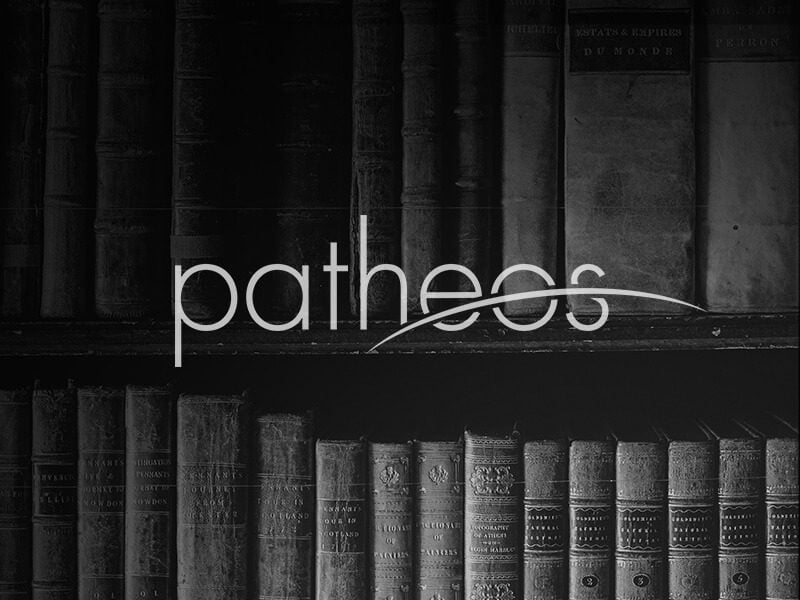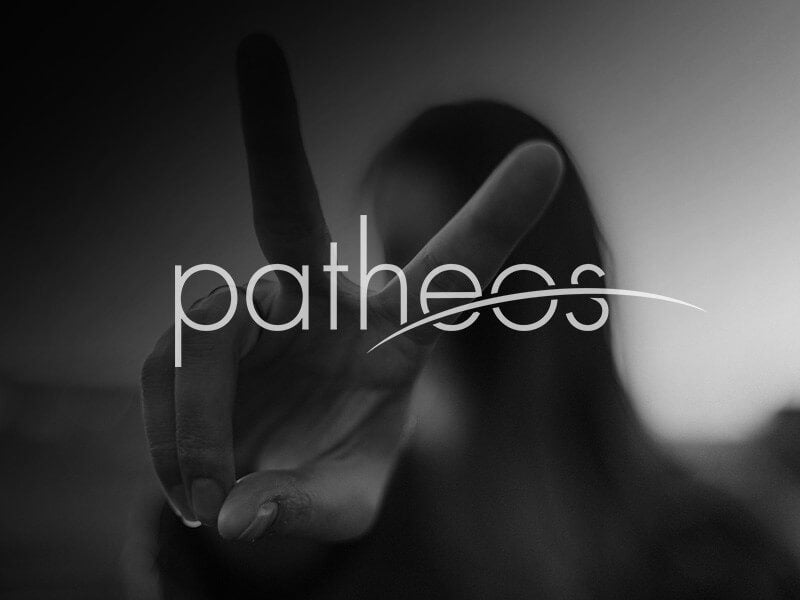For the past couple of days I have been reading An Ancient American Setting for the Book of Mormon. Like most books or papers on the Book of Mormon I have read, it lacks a theory of Book of Mormon translation and suffers because of this lack. I would like to propose a rule for all future efforts at Book of Mormon apologetics, archaeology, or exegesis. The rule is that before you do anything you have to lay out your theory/explanation of the translation style used in translating the Book of Mormon. This means that before you attempt to explain something about the text you have to explain what kind of text you are working with.
There is an equivalent problem in Biblical scholarship, that of textual criticism. Before you exegete a biblical text you have to nail down what you think the best text is. In almost any biblical commentary the author will spend a significant portion of the time discussing textual problems and possibilities. If they just choose to follow the text as defined by a third party, say the UBS Greek New Testament, then you can find out what the UBS chose as criteria for deciding on a text. If they are engaging in their own textual criticism they will go to great lengths to argue their case. Some commentaries are nothing but textual criticism. The basic rule of thumb is this: before you engage in any higher criticism, you have to engage in low (textual) criticism.
Book of Mormon scholars don’t have to define their text through textual criticism (I am aware of the effort to make a critical edition of the Book of Mormon, but compared to producing a critical edition of the Old or New Testaments it’s a cake walk). With the Book of Mormon the translation style defines the text and this in turn defines what conclusions one can draw about the Book of Mormon. As I see it you have three possibilities for translation style: tight, loose, and mystical.
A tight translation would mean that what was on the plates and what is in the Book of Mormons is a word for word translation with allowances made for differing linguistic structures. If an author decides this type of translation is what happened then the author can point out things like chiasmus and Hebraisms anywhere he/she sees them, since the translation obviously reflects chiasmus and Hebraisms on the original plates. But, the author cannot conclude that horses are tapirs and goats are deer. A word for word translation style demands either that equivalent words are used or transliterations/neologisms (“cureloms” and “cumoms”) are employed.
A loose translation would mean that the Book of Mormon gets basic ideas, stories, and teachings across but does not reflect the exact language on the plates. Using this theory you can conclude that tapirs are horses and goats are deer, but if you see any Hebraisms or chiasmsus then you cannot conclude that they were on the plates originally.
A mystical translation theory would posit that one can’t conclude anything about how the English Book of Mormon reflects what was on the plates. Under this theory one can derive religous or ethical truths from the Book of Mormon, but you can’t really know much beyond that.
The problem is that many people who write on the Book of Mormon, especially apologists, use all three at the same time, which is unwarranted. If an author is going to claim different translation styles in the Book of Mormon then there had better be reasons for this. I have never seen such reasons given and I don’t think that any such reasons exist. If authors would choose a translation style (thereby defining the text they are working with) it would help them be more consistent in drawing conclusions and would help readers in analyzing their conclusions.











